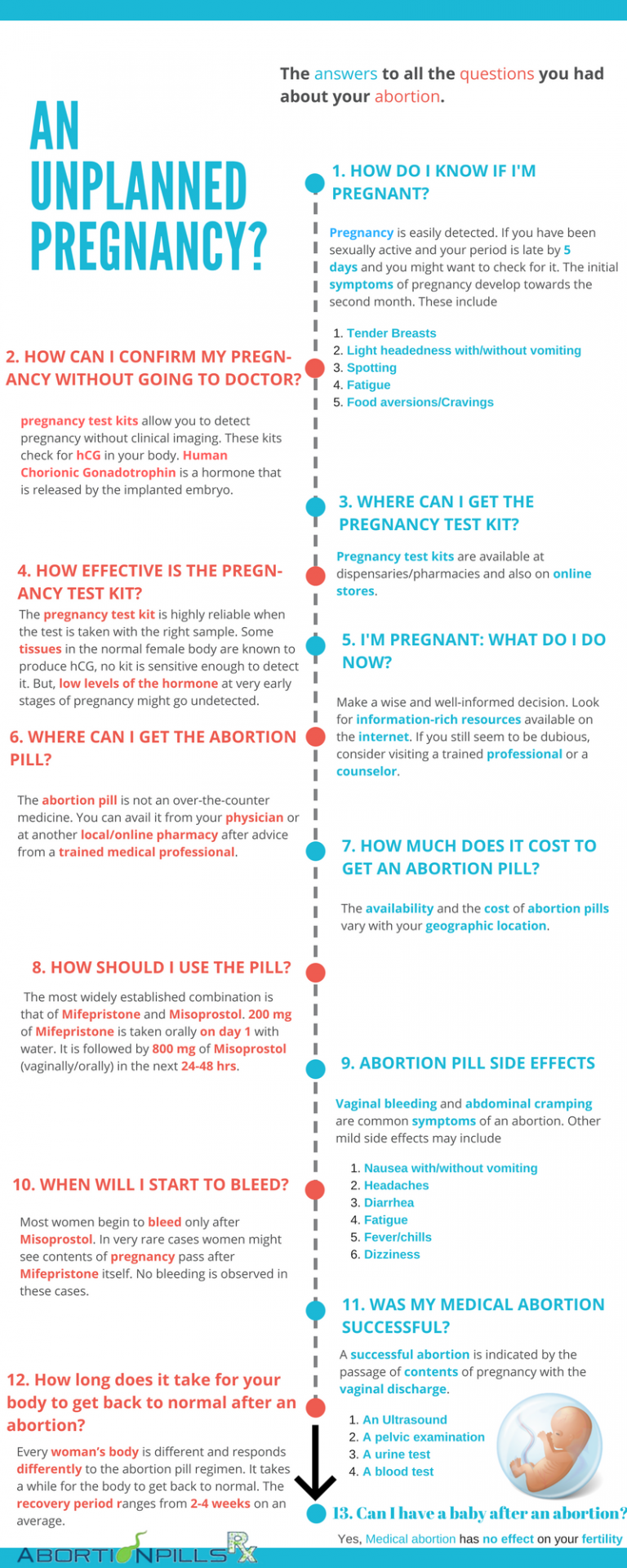
Vaginal cysts are fluid/pus-filled pockets of tissue that are formed under the lining of the vagina. They are also referred to as benign (non-cancerous) tumors and are not very common. Some cysts may be solid but they are further very rare.
Do they have any types?
There may be various ways in which the tumor could have originated based on which they can be categorized.
- Inclusion cysts: formed from injuries caused to the vagina during childbirth or operative procedures
- Bartholin cysts: Bartholin glands are located on both sides of the vagina to secrete lubricant fluids. When the ducts of these glands are blocked, it leads to fluid accumulation thus forming cysts
- Gartner’s cysts: The Gartner’s duct is a vestigial organ. A benign vaginal cyst that originates from this to line the posterior wall of it is called the Gartner’s cyst
- Müllerian cysts: These are caused due to displaced vaginal skin cells during fetal growth and development and is exacerbated by surgical trauma.
Will I see any symptoms?
Vaginal cysts are often asymptomatic. These cysts are visible as lumps/bulges in the vagina. Some women may face pain during sexual intercourse or insertion of tampons. When enlarged the cysts may cause itching and raise the chances of a vaginal infection.
Can they cause further complications?
These benign tumors are usually small and harmless, not requiring any treatment. But, in rare cases, they may grow to cause pain and the aforementioned discomforts. A true complication may arise after the surgical removal of the cyst due to high risks of infections and other adverse reactions on the excision site.
How are they diagnosed?
Vaginal cysts are diagnosed by the gynecologist through a manual pelvic exam. If lumps are felt, then additional assessments might be performed to rule out the presence of other medical conditions like
- A vaginal tissue sample biopsy to rule out reproductive cancers
- Tests on the vaginal discharge to eliminate the possibilities of an STD
An imaging technique like a CT/MRI scan can give a detailed picture of the vaginal cyst on confirmation.
What are my treatment options?
The cyst is observed over a course of time by the gynecologist before proposing a treatment. If there is no increase in the size of the tumor, then antibiotics may be prescribed to simply treat the pus buildup that may be caused due to an infection. If enlargement is observed, a surgical removal may be suggested.
A long-term outlook
As previously specified, vaginal cysts are benign and do not cause much trouble. Once surgically removed, the cysts do not recur.

